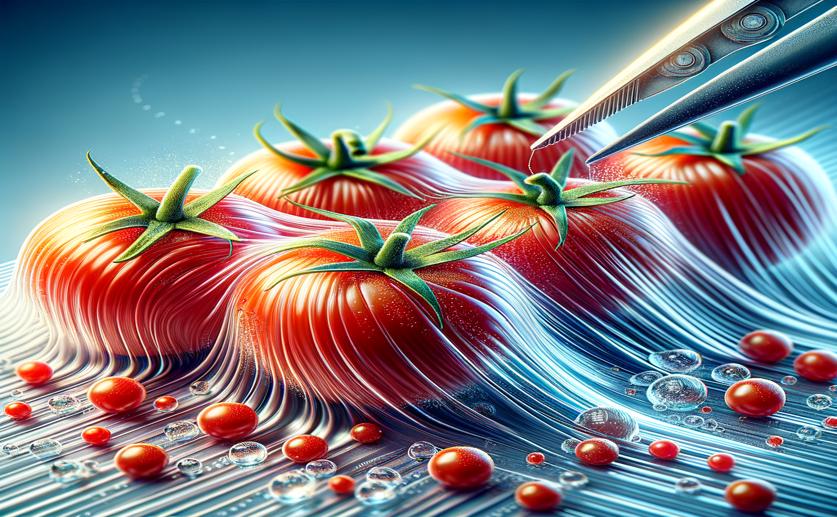
New Chitosan-Onion Films Help Keep Cherry Tomatoes Fresh Longer
Jim Crocker
24th July, 2024

Image Source: Natural Science News, 2024
Key Findings
- Researchers at Shenyang Medical College, China, developed composite films using chitosan and onion polysaccharide to preserve cherry tomatoes
- Adding onion polysaccharide to chitosan films significantly improved their antimicrobial and antioxidant properties
- The composite films effectively delayed spoilage and maintained the quality of cherry tomatoes during storage
References
Main Study
1) Innovative chitosan-onion polysaccharide composite films: A study on the preservation effects on cherry tomatoes.
Published 23rd July, 2024
https://doi.org/10.1111/1750-3841.17262
Related Studies
2) Antimicrobial and antioxidant properties of chitosan and its derivatives and their applications: A review.
3) Chitosan and gelatin based biodegradable packaging films with UV-light protection.
4) Characterizations of konjac glucomannan/curdlan edible coatings and the preservation effect on cherry tomatoes.



 30th May, 2024 | Greg Howard
30th May, 2024 | Greg Howard